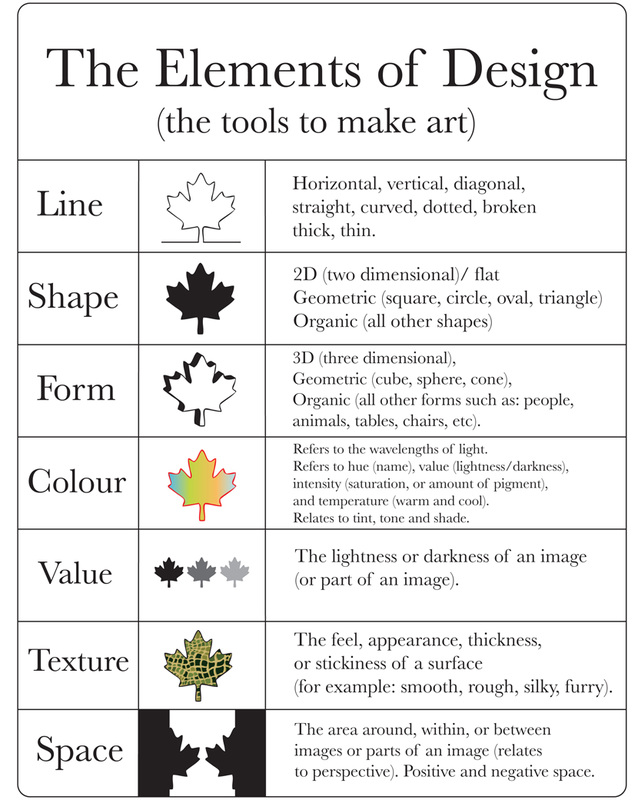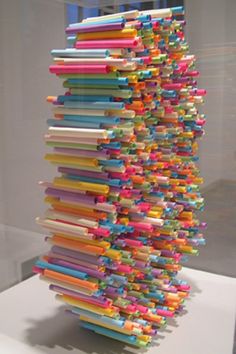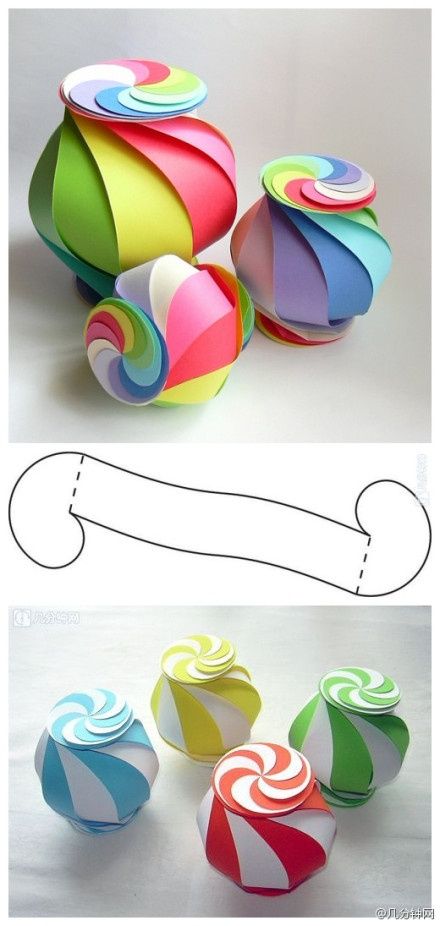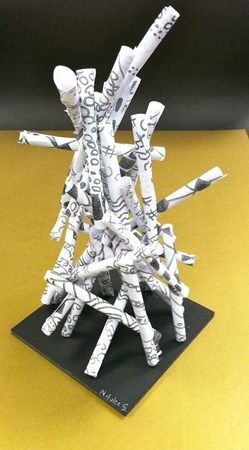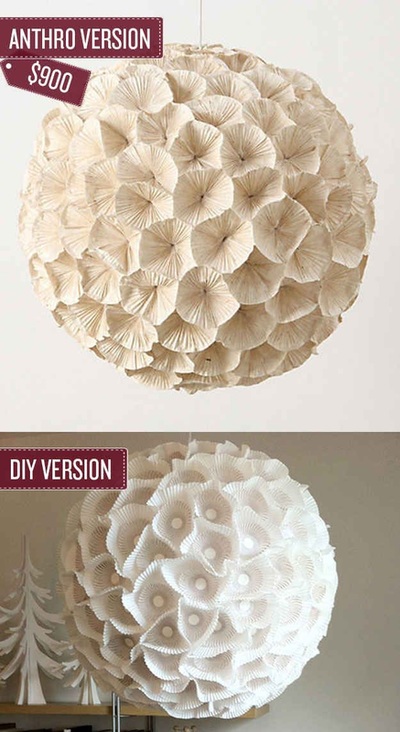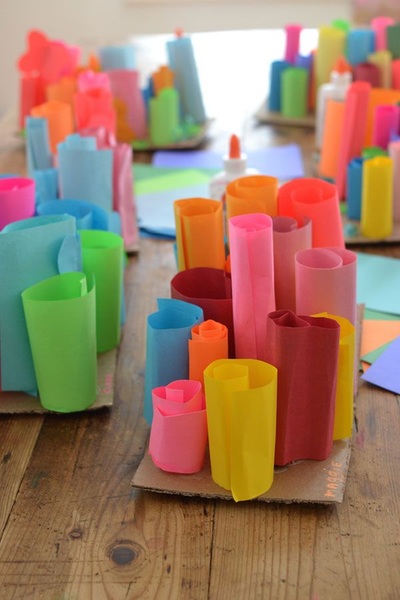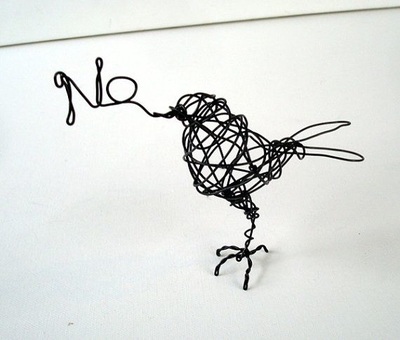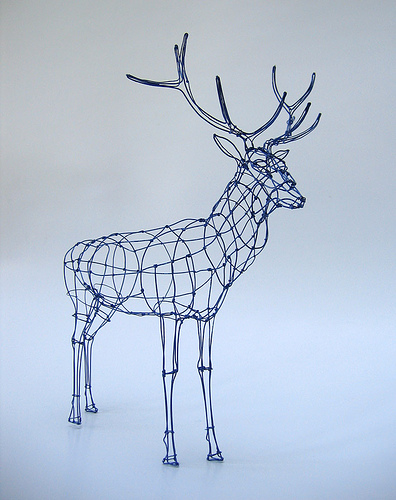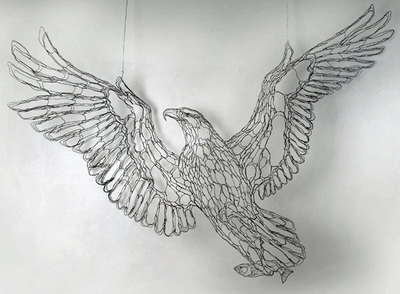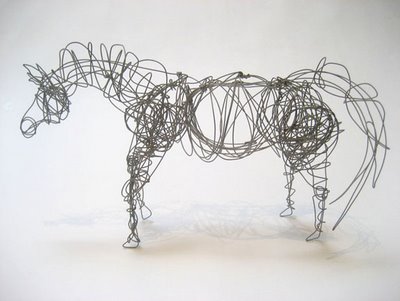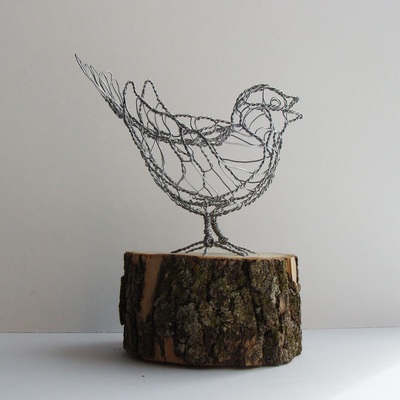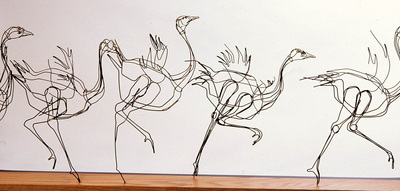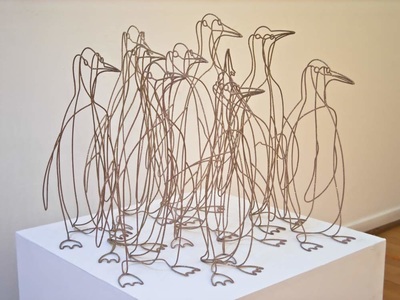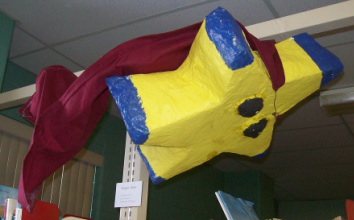Art and Design 3200
Unit 2: Sculpture
This unit consists of wire sculpting, paper mache, foam carving, clay sculpting, and metal embossing. We will also use some of the sculptures that are created to make a stop motion animation. Another detailed list of sculptures can be found here.
|
|
| ||||||||||||||||||
|
| ||||||||||||
Paper Sculpture
For this project we will be working with basic supplies to help you to think about how to create an abstract idea as a 3-dimensional artwork. Using only paper and scissors, you will create a sculpture-in-the-round that can be viewed from all sides and free-standing.
You will choose one of the elements of design and create two unique sculptures based on the same idea. One sculpture will be abstract. The other sculpture will be realistic. Both sculptures must be viewed together.
Elements of Design: Line, Shape, Form, Colour, Texture, Pattern, Space, and Value.
Principles of Design: Pattern, Rhythm/Movement, Harmony, Contrast, Movement, Unity, Proportion/Scale, Emphasis, Variety, and Balance.
For this project we will be working with basic supplies to help you to think about how to create an abstract idea as a 3-dimensional artwork. Using only paper and scissors, you will create a sculpture-in-the-round that can be viewed from all sides and free-standing.
You will choose one of the elements of design and create two unique sculptures based on the same idea. One sculpture will be abstract. The other sculpture will be realistic. Both sculptures must be viewed together.
Elements of Design: Line, Shape, Form, Colour, Texture, Pattern, Space, and Value.
Principles of Design: Pattern, Rhythm/Movement, Harmony, Contrast, Movement, Unity, Proportion/Scale, Emphasis, Variety, and Balance.
Project Requirements:
Sketchbook Sketch (required for marking):
- Sketch both versions of your paper sculpture in your sketchbook. Use labels to show how you will fold, cut, shape, each piece of paper.
Sculpture:
- Sculpture must use as little glue, tape, or other forms of adhesive as possible.
- Sculpture must have folded pieces of paper.
- Sculpture must have cut pieces of paper.
- Sculpture must be free-standing (or have a method of viewing it).
- Sculpture must be sturdy (no parts should fall off).
- Sculpture must be creative, unique, and cannot be copied (you may use images as references).
Sketchbook Sketch (required for marking):
- Sketch both versions of your paper sculpture in your sketchbook. Use labels to show how you will fold, cut, shape, each piece of paper.
Sculpture:
- Sculpture must use as little glue, tape, or other forms of adhesive as possible.
- Sculpture must have folded pieces of paper.
- Sculpture must have cut pieces of paper.
- Sculpture must be free-standing (or have a method of viewing it).
- Sculpture must be sturdy (no parts should fall off).
- Sculpture must be creative, unique, and cannot be copied (you may use images as references).
| paper_sculpture_rubric.doc | |
| File Size: | 19 kb |
| File Type: | doc |
Wire Sculpture
You will be creating a wire sculpture of an animal or an imaginary/fantasy creature. Your sculpture will be a very small sculpture-in-the-round, but it still must be freestanding.
We'll start this unit by building wire figures in motion.
When building your character, think of the following:
- What happens to my body when I stand or walk?
- Which arms and legs go forward?
- How does my body express my mood?
- What would be a unique action to sculpt?
- Which techniques will work the best - twisting the wire with my hands or pliers?
- How do I make my character stand without falling?
When you build your character/creature/animal, it will be best to build your character from just one piece of wire, since adding separate limbs will make your character flimsy and weak.
Project Requirements:
Sketchbook Sketch:
- Pretend that your pencil is one continuous piece of wire. If you were to draw your character in one line, how would it look? Sketch several figures in motion in your sketchbook by using only one line for each.
Wire Sculpture:
- Sculpture must be made in as few pieces as possible.
- Sculpture must have at least 2 legs, 1 head, and 1 torso.
- Sculpture must have no moving parts (if you add pieces of wire, make sure they are attached well).
- Sculpture must be freestanding.
- Sculpture must be creative, unique and cannot be copied (you may use images from books as references).
You will be creating a wire sculpture of an animal or an imaginary/fantasy creature. Your sculpture will be a very small sculpture-in-the-round, but it still must be freestanding.
We'll start this unit by building wire figures in motion.
When building your character, think of the following:
- What happens to my body when I stand or walk?
- Which arms and legs go forward?
- How does my body express my mood?
- What would be a unique action to sculpt?
- Which techniques will work the best - twisting the wire with my hands or pliers?
- How do I make my character stand without falling?
When you build your character/creature/animal, it will be best to build your character from just one piece of wire, since adding separate limbs will make your character flimsy and weak.
Project Requirements:
Sketchbook Sketch:
- Pretend that your pencil is one continuous piece of wire. If you were to draw your character in one line, how would it look? Sketch several figures in motion in your sketchbook by using only one line for each.
Wire Sculpture:
- Sculpture must be made in as few pieces as possible.
- Sculpture must have at least 2 legs, 1 head, and 1 torso.
- Sculpture must have no moving parts (if you add pieces of wire, make sure they are attached well).
- Sculpture must be freestanding.
- Sculpture must be creative, unique and cannot be copied (you may use images from books as references).
|
| ||||||||||||
| wire_creature_sculpture_rubric.doc | |
| File Size: | 18 kb |
| File Type: | doc |
Foam Carving
The purpose of this project is to carve a Newfoundland scene depicting different grounds in a 4" x 6" piece of foam.
It is extremely important to show at least three grounds in your piece - the foreground, the middle ground, and the background.
Foreground - the area which is closest to the viewer and carved the least.
Middle ground - a bit further away and carved a bit deeper.
Background - the area which is furthest from the viewer and carved the deepest.
Here are a few important tips to remember:
1. You need to begin with a good, clear sketch that has each ground labeled. This will help you in your carving stage.
2. Keep the outlines in your foam light - don't carve over your outlines because some may need to be shallow.
3. Use delicate carving tools for delicate areas and carve in a short, gentle motion.
4. Use wide tools for wide areas.
5. Don't carve too deep or you will make holes in your foam.
For detailed instructions and examples, please see the files below.
The purpose of this project is to carve a Newfoundland scene depicting different grounds in a 4" x 6" piece of foam.
It is extremely important to show at least three grounds in your piece - the foreground, the middle ground, and the background.
Foreground - the area which is closest to the viewer and carved the least.
Middle ground - a bit further away and carved a bit deeper.
Background - the area which is furthest from the viewer and carved the deepest.
Here are a few important tips to remember:
1. You need to begin with a good, clear sketch that has each ground labeled. This will help you in your carving stage.
2. Keep the outlines in your foam light - don't carve over your outlines because some may need to be shallow.
3. Use delicate carving tools for delicate areas and carve in a short, gentle motion.
4. Use wide tools for wide areas.
5. Don't carve too deep or you will make holes in your foam.
For detailed instructions and examples, please see the files below.
|
| ||||||||||||
|
|
| ||||||||||||||||||
Visual Pun Paper Mache Sculpture
You will create a larger than life in-the-round sculpture that is based on a visual pun or play on words and is inspired by the Pop Art Movement.
Your sculpture will be a visual pun or play on words. You will interpret a phrase or word and create a 3-dimensional visual pun. You will construct an armature out of wire, cardboard, and other materials and then cover the armature with layers of paper mache.
For example: butter fly (butter with wings)
Your final product may be:
For detailed instructions and examples, please see the files below.
You will create a larger than life in-the-round sculpture that is based on a visual pun or play on words and is inspired by the Pop Art Movement.
Your sculpture will be a visual pun or play on words. You will interpret a phrase or word and create a 3-dimensional visual pun. You will construct an armature out of wire, cardboard, and other materials and then cover the armature with layers of paper mache.
For example: butter fly (butter with wings)
Your final product may be:
- Humorous
- Allegorical (a symbolic representation, a pictorial device in which objects stand for abstract ideas, principles, or forces, so that the literal sense has or suggests a parallel, deeper meaning)
- Metaphorical (one thing conceived as representing another; a symbol, a figure of speech in which a word or phrase that ordinarily designates one thing is used to designate another, thus making an implicit comparison, as in "a sea of troubles")
- A visual oxymoron (A pictorial contradiction-a lead balloon, clear as mud)
- Self-Contradictory
- A Parody (artistic work that imitates the style of an author or a work for comic effect or ridicule, intentional mockery)
For detailed instructions and examples, please see the files below.
|
|
| ||||||||||||||||||
Faerie House
For this project you will create a faerie house that will be an assemblage sculpture. It will be constructed from found objects.
You will also research traditional Newfoundland and Labrador faerie lore and the art of storytelling.
Your faerie house will be placed along a real faerie path in Cupids at the Cupids Legacy Centre. It must:
•Be small so that it can be hidden along the path
•Blend in with nature (faeries do not like to be seen often)
•Be well constructed so that it can withstand the harsh NL climate
For detailed instructions and examples, please see the PowerPoint presentation below. You can also view many faerie stories and videos here.
Take your time and focus on the details. Be creative and have fun!
For this project you will create a faerie house that will be an assemblage sculpture. It will be constructed from found objects.
You will also research traditional Newfoundland and Labrador faerie lore and the art of storytelling.
Your faerie house will be placed along a real faerie path in Cupids at the Cupids Legacy Centre. It must:
•Be small so that it can be hidden along the path
•Blend in with nature (faeries do not like to be seen often)
•Be well constructed so that it can withstand the harsh NL climate
For detailed instructions and examples, please see the PowerPoint presentation below. You can also view many faerie stories and videos here.
Take your time and focus on the details. Be creative and have fun!
|
| ||||||||||||||||||||||||||||||||||||
For photos of many of completed faerie houses along the faerie path in Cupids, please click here.
